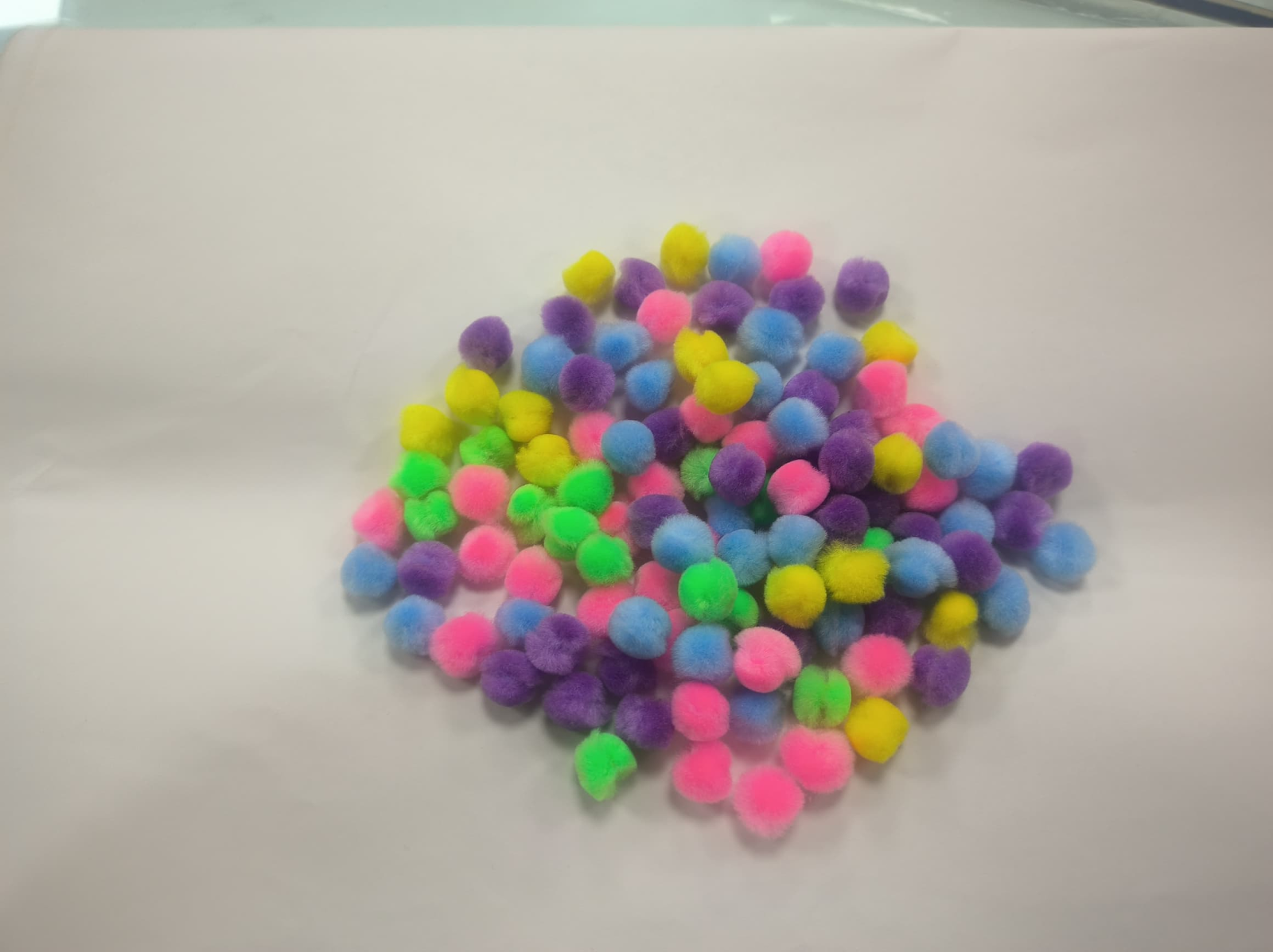Information Design - Project 1&2
Week4-Week6
I.D: 0369561
COURSE: Intercultural Design / Bachelor of Design (Honors) in Creative Media
GROUP: Class 01 Sec 01
Information Design (GCD60504)
Part 1: Infographic poster (10%)
1. Choose 1 infographic poster reference from Internet (Please consult before proceeding)
2. Redesign the poster into A4 size. Sketch the idea and process
3. Redesign and simplify the poster based on visual hierarchy & typography
4. Simplify the poster's design based on color, shape & pattern
5. Attach your final poster on E-Portfolio with explanation and reflective writing
Part 2: Minimal animated infographic (10%)
1. Animate your infographic poster into one static loop animation page
2. Loop duration in between 15-30 second
3. Size: 1080 x 1920px (Vertical Video) upload to your own YouTube channel.
Progress
At this stage of my animation project, I worked on refining stroke effects, text slide-ins, and rotational animations to enhance the visual appeal and flow of the composition.
Techniques & Key Learnings
-
Stroke Animation (Layer: stroke(mask)):
- I used the Stroke Effect with an animated "End" value set to 100%, meaning I created a stroke reveal animation that likely outlines a shape or text.
- This technique is commonly used in logo animations, handwriting effects, or elegant title reveals.
-
Title Animation (Layer: verticaltitle(slidein)):
- The position values (327, 406.1) indicate that the text is animated to slide into place.
- This method ensures a smooth and professional introduction of text elements, making the composition more dynamic.
-
Rotational Animation (Layers: teamg01, teamg02, teamg03):
- These layers have +25° rotation applied, which suggests that elements are either tilting into place or animated dynamically.
- The consistent rotation values across multiple layers suggest structured and synchronized movement, improving visual balance.
-
Opacity Management:
- Opacity is set to 100% across elements, meaning everything is fully visible at this frame.
- However, opacity keyframes could be used earlier or later in the timeline to introduce fade-ins or fade-outs for smooth transitions.
Growth & Next Steps
- This project allowed me to explore multi-layered animations and synchronize motion across multiple elements.
- Moving forward, I want to experiment with:
- Easing techniques (
Easy Ease) for more natural motion. - More dynamic stroke animations, such as trim paths or wavy strokes.
- Motion blur effects to add realism and fluidity.
- Easing techniques (
By integrating these refinements, I can enhance the storytelling aspect of my animations and create more engaging motion graphics.
Among the three exercises, the Animated Infographic Poster was the most challenging for me, as it required conveying information clearly through motion. Unlike static design, where elements remain fixed, animation introduces movement, making it difficult to balance clarity with visual appeal. Ensuring that the audience could follow the information without feeling overwhelmed was a key challenge.
I spent a significant amount of time refining the timing, pacing, and transitions to ensure that text and visuals appeared in a way that was both engaging and easy to understand. Through experimentation with different motion techniques, I discovered effective ways to emphasize key points without making the animation too fast or cluttered. These exercises deepened my understanding of timing, easing, and composition, ultimately improving my approach to the Animated Infographic Poster.
Overall, this project challenged me to think critically about how to communicate information effectively through animation, and I gained valuable insights from the process





Comments
Post a Comment